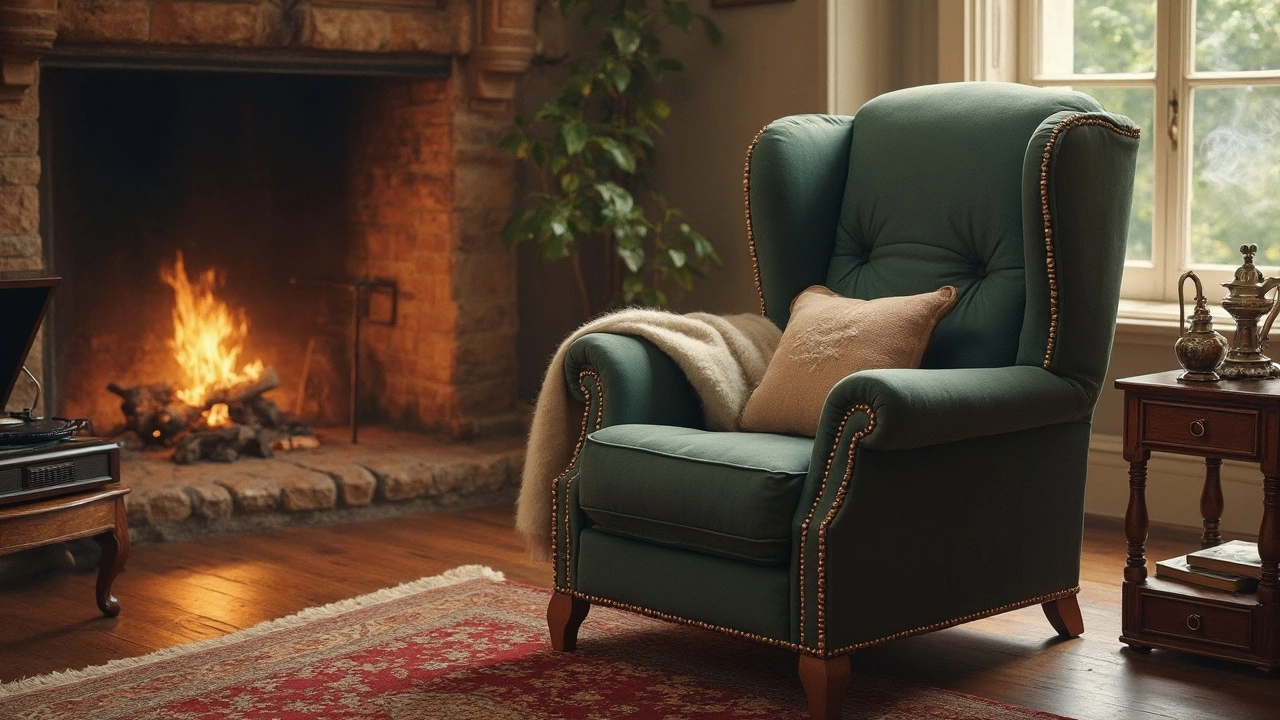Quality Recliners: How to Spot the Best One for Comfort and Longevity
When you sit down in a recliner, the first thing you feel is how well it supports you. A quality recliner doesn’t just look good; it holds up to daily use, stays comfortable over years, and can even qualify for Medicare if it meets medical‑grade standards. Below we break down the practical stuff you need to know before you click ‘add to cart.’
Key Features of a Quality Recliner
Durable frames are the backbone. Look for hardwood, steel, or reinforced aluminum rather than cheap particle board. A solid frame keeps the recline mechanism smooth and prevents wobbling.
The upholstery matters too. Leather and high‑density fabric resist tears, spills, and pet claws. If you have kids or pets, choose a material with a protective coating or a removable, washable cover.
Comfort hinges on the seat cushion. High‑density foam or memory foam retains shape better than low‑grade polyfill. A good cushion should bounce back after you get up, not flatten after a few weeks.
Mechanisms can be manual, power, or lift‑assist. Manual levers are simple and reliable, but power recliners add convenience for seniors or anyone with limited mobility. Look for a smooth glide and a quiet motor if you go electric.
Extra features—like heat, massage, and built‑in USB ports—are nice, but they shouldn’t compromise the core build quality. If a recliner offers these add‑ons, make sure the base model still meets the durability standards you need.
How to Choose a Recliner That Fits Your Needs
Start with the space you have. Measure the width, depth, and height when fully reclined. A common mistake is picking a chair that looks great online but blocks a doorway once it’s angled back.
Think about how you’ll use it. If you need a recliner for reading, a supportive lumbar curve and a firm seat are key. For TV‑time, a softer cushion and a wide footrest make long sessions more enjoyable.
For seniors, Medicare coverage can make a big difference. Recliners classified as “durable medical equipment” (DME) must meet specific safety and functionality criteria—like lift‑assist mechanisms and proper weight capacity. Check the product’s DME status before buying if you plan to claim insurance.
Set a budget, but don’t chase the cheapest option. A mid‑range recliner with a solid frame and quality upholstery often outlasts a bargain model that needs replacement in a few years. Consider the long‑term cost of repairs or replacements.
Read reviews that mention real‑world wear and tear. Users will point out if the recline stops working after a year or if the fabric starts pilling. Those details give you a clearer picture than any product description.
Finally, test it out if you can. Sit, recline, and check the footrest height. If the chair feels stable and the motion is smooth, you’ve likely found a quality piece.
Choosing a quality recliner is about balancing comfort, durability, and any extra needs like Medicare eligibility. Keep these practical tips in mind, and you’ll end up with a chair that feels great today and lasts for years.
Top Companies for Quality Recliners: A Comprehensive Guide
Choosing a recliner isn’t just about comfort—it’s a commitment to quality relaxation. This guide explores top companies renowned for producing top-notch recliners. Discover the latest trends, what makes a recliner stand out, and tips for making the best purchase for your living needs.
More
